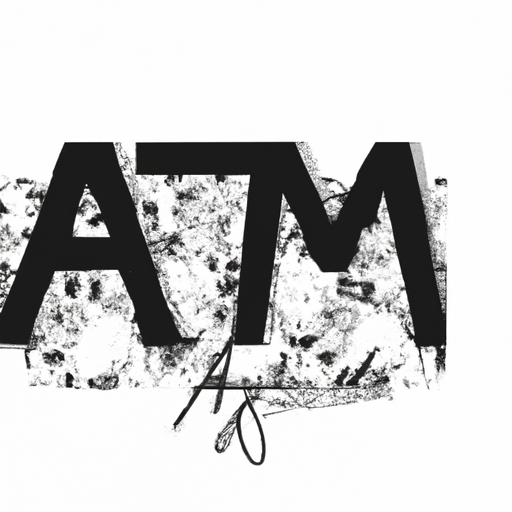The Opioid Crisis and Response in Canada: A Closer Look at BC’s Safe Supply Programs
The Impact of the Opioid Crisis in Canada
In fact, according to a recent report highlighted in a Guelph Today article, the loss of life attributable to the opioid epidemic in British Columbia alone is staggering, with the province tallying up over 7,000 fatalities in the past decade.
Addressing Community Concerns
However, the Guelph Today article indicates that concerns have been raised about these programs. Danielle Smith, for example, fears that some users could potentially divert these safer supply drugs, leading to increased crime rates and public nuisances.
Historical Context and the Ongoing Efforts to Combat the Crisis
In the pursuit of solutions to the opioid crisis, it is important to consider not only the immediate and tangible impacts but also the underlying socio-economic factors. These include homelessness, mental health, and access to resources, among others.
BC Attorney General David Eby, in response to Smith’s concerns, emphasises that these safe supply programs replace an illegal and often deadly dangerous street drug supply with a legal and safer one. He argues that this approach reduces crime related to drug use and supports a healthier community.
Further to initiatives like BC’s safe-supply programs, successive Canadian governments have committed to large-scale public health responses. These include :
- Drug replacement and safe-supply programs
- Distribution of naloxone kits
- Introduction of the Canadian opioid abatement class action, aimed at holding pharmaceutical companies accountable
- Permission for supervised injection sites
In essence, these strategies focus on reducing the harm associated with drug use and repairing the damage caused by the opioid crisis on our communities and society as a whole.
Key Points to Remember
- The opioid crisis is a complex issue, extending beyond immediacy and requires longer-term solutions.
- Critiques of safe-supply programs often oversimplify the complexities involved.
- Governments have a multi-faceted approach that includes harm reduction, litigation (such as the Canadian opioid abatement class action), and more.
Conclusion
In conclusion, while our collective concern for public safety and abating the deadly impacts of the opioid crisis is warranted, it is crucial to recognise that the solutions to this crisis are complex and multifaceted.
While controversial, measures such as BC’s safe-supply programs represent proactive attempts to mitigate the risks and address the underlying issues. Dispelling stigma, addressing socio-economic causes, holding pharmaceutical companies accountable, and having open conversations about drug use and mental health is the way forward, towards ending this crisis.
We must remember that the objective is not only to mitigate the symptoms of the opioid crisis but to eliminate the crisis itself. The battle against the opioid crisis is indeed a long one but worth the fight for the health, safety, and prosperity of our communities and nation as a whole.
